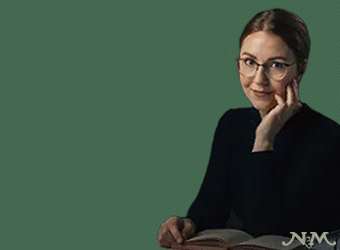As every brass band historian of note knows, the first winners of the British Open Gold Challenge Trophy was the Newcastle Steel (Australia) Band in 1924, conducted by A.H. Baile.
Closer look
However, a closer inspection of the great trophy reveals that their victory at Belle Vue in Manchester is not the first name commemorated on it – leading to a mystery that involves a self made millionaire Baronet born in London, the first aircraft carriers of the First World War, three of England’s finest bands, Irish pipe and drum bands, bagpipers, Scottish claims to repatriation and an albino monk assassin (no, we made the last bit up…)
Rumours of the Trophy’s provenance have circulated for years.
Four medallions
Books by leading brass band historians allude to its former use as a prize at an un-named Scottish contest. Prior to 1924 the British Open winners picked up a far more simple challenge cup at Belle Vue.
The first hint of mystery surrounds four roundel medallions that sit on the outer edge of the shield to the left of the 1924 entry.
These show that in 1919 the winners were Foden’s Motor Works Band; 1920 – Wingates; 1921 & 1922 – Black Dyke. There is no 1923 medal.
Scotstoun
All well and good, until a quick delve into the record books show that not one of them won the British Open in those years, whilst they certainly didn’t do it in the small Glasgow suburb of Scotstoun, which is clearly inscribed under each entry (Black Dyke’s 1922 states, Glasgow)
So how come their names appear on the British Open Trophy for those years, when the trophy itself wasn’t presented until 1924?
The Baron
Enter William Beardmore, later Sir William, later still, Baronet, of Flichity in the County of Inverness and raised to the peerage as Baron Invernairn, of Strathnairn in the County of Inverness, in the 1921 New Year Honours.
And at that point the story of the British Open Trophy becomes not unlike a plot for a film of brass banding’s own 'Da Vinci Code' meets 'National Treasure' – with mysterious engravings, tales of unpaid contest prize money, and wrongly attributed photographs, bankruptcy and golden medals… Honest.
Hopefully we can finally work out why such a fantastic trophy eventually found its way to being presented at the greatest brass band contest in the worldAlan Edmond, SBBA
Stone of Scone
Hugh Johnstone of the Dalmellington Band has spoken exclusively to 4BR to reveal the secrets of the iconic shield’s past, and why it came to be taken, like Scotland’s very own Stone of Scone, south of Hadrian’s Wall – never to this day, to return north of the border.
Over the next few weeks, 4BR will be delving deeper into the history books and records to find out more about the story, with the help of Alan Edmond, the Scottish Brass Band Association’s Development Officer.
Amazing tale
He told 4BR: "It’s an amazing tale – and one that has not been told for far too long. Hopefully we can finally work out why such a fantastic trophy eventually found its way to being presented at the greatest brass band contest in the world."
Hollywood producers are already knocking on 4BR’s door…



















